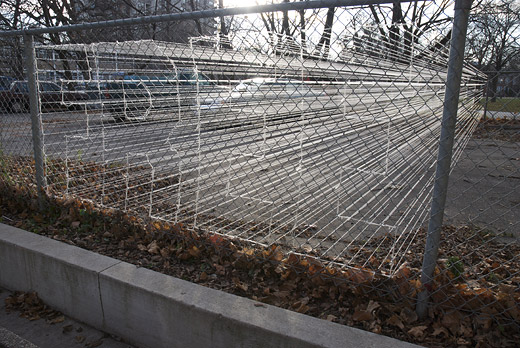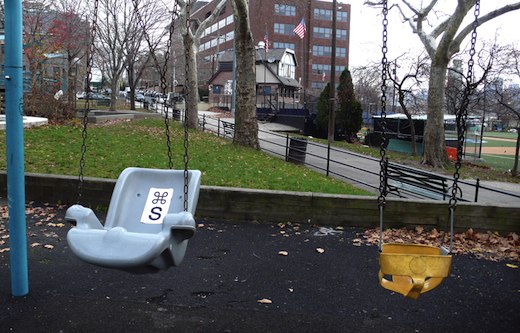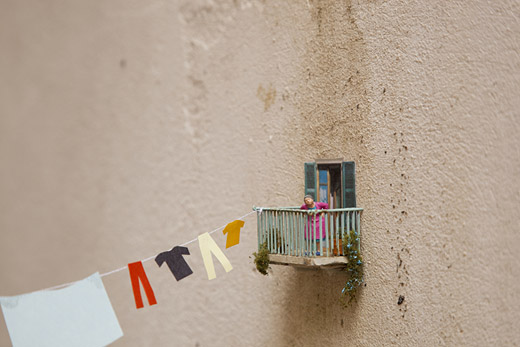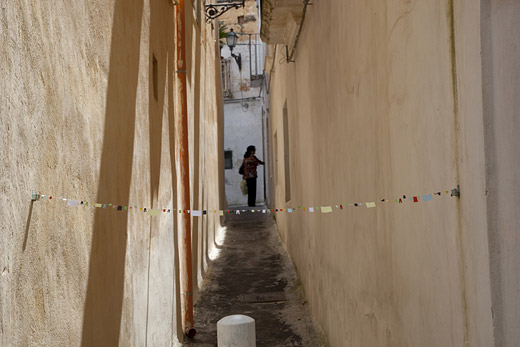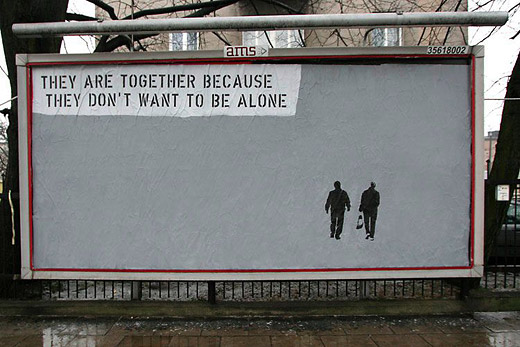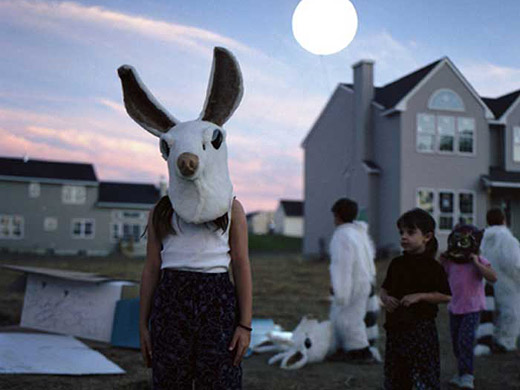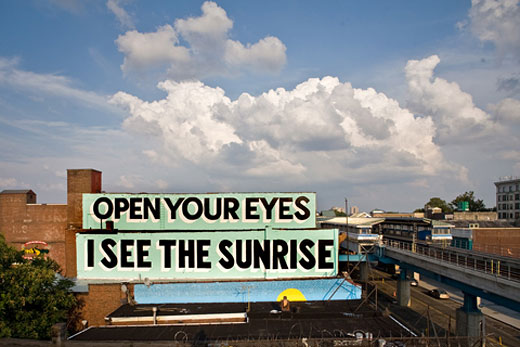To cut a long story short, after a company-wide upgrade the agency had a lot of old mobiles gathering dust. Lost Boys International took these, built and hoisted a gigantic interactive chandelier/mobile that plays christmas jingles in their reception area.
When no one interacts with the sculpture, it plays “Carol of the Bells”. But you can also play with it. You can control it through this website or you can send a tweet with #lbitree and it will react to it.
Given some upcoming projects that we’re going to be tackling are going to be a bit more technology intensive, and in one instance is actually going to use cell phones (though not in this capacity), I thought I’d post it to add to the research archives. What’s really great is that LBI creative director, James Theophane, offers a quick breakdown of how the installation works, well worth a read to get an idea of some of the magic behind the installation. Also interesting is the Ning project site that was used by the folks making the installation as it happened in real-time.
[via today and tomorrow]
